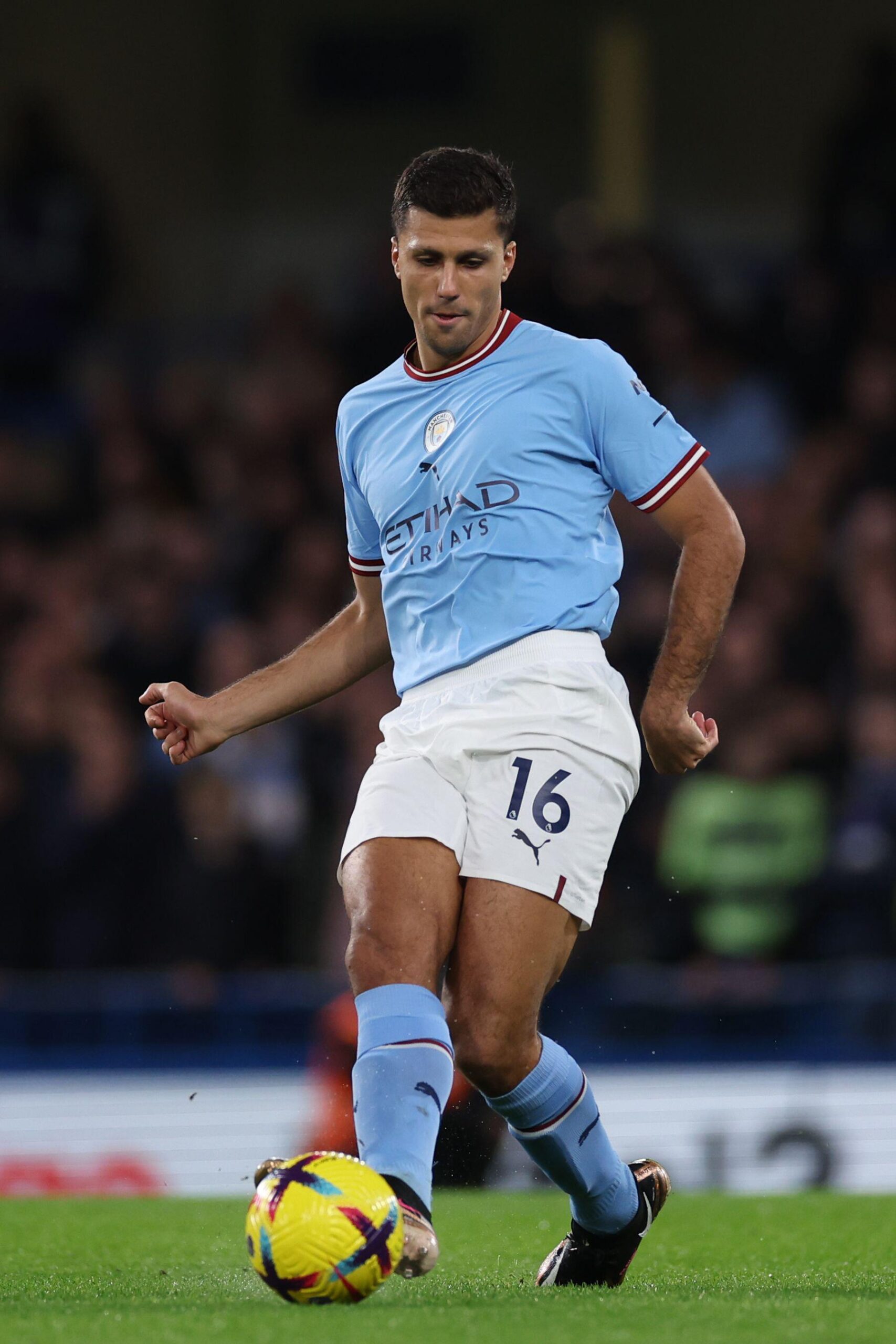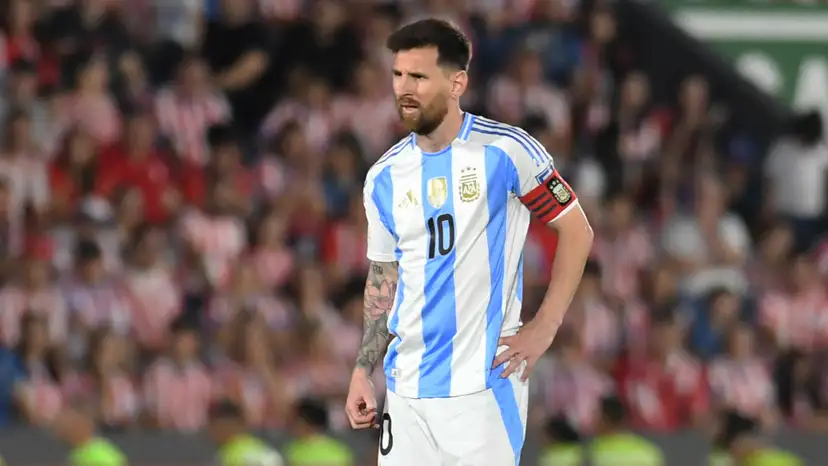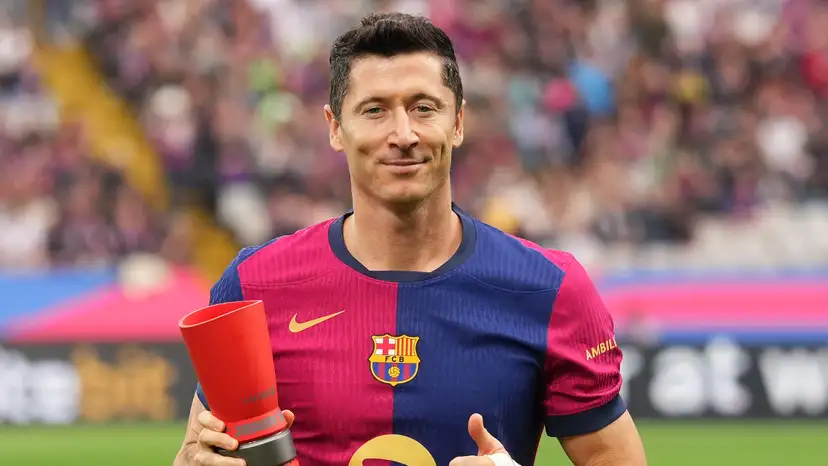
Modern football has reshaped how we view the midfield. The traditional 4-3-3 setup usually divides responsibility among three profiles, a defensive midfielder who breaks up play, a box-to-box runner who links phases, and an advanced midfielder who creates chances. But over time, this structure has evolved. The modern game now demands a deeper thinker in that base position, someone who not only protects the defense but also dictates the rhythm of play: the Deep-Lying Playmaker.
The Deep-Lying Playmaker, or DLP, is the player who receives the ball from the defenders and decides what happens next. They control the rhythm of the game. Every attack begins with them. They are the link between defense and attack, always available for the first pass, and always calm when the team needs direction. Unlike attacking midfielders who create chances near the box, the DLP creates control. They dictate tempo, maintain structure, and make sure their team never loses shape. They are the unseen conductor, rarely in the highlights, but often the major reason everything works.
In modern football, hardly any other role carries more responsibility. The DLP has two main tasks that seem opposite, keeping the team safe defensively while also launching attacks. Balancing both makes them the most important piece in a team’s tactical structure. Before anything else, the DLP is a shield. They sit just in front of the defenders and make sure the team does not get exposed when it loses the ball. When the full-backs push forward, the DLP drops in to cover the space they leave. When the opposition breaks forward, they are the first line of defense before the back four.
This position demands high concentration and positional discipline. The DLP must constantly read the game, stepping in to intercept passes, blocking shooting lanes, and forcing play away from dangerous areas. Most of their work happens in what coaches call “Zone 14,” the space just outside the penalty box, where one mistake can lead to a goal.
Modern football’s high-pressing systems make this job even harder. Opponents try to trap the DLP as soon as they receive the ball. That is why press resistance, the ability to stay calm, control the ball in tight spaces, and play forward under pressure is essential. Players like Busquets, Kroos or Rodri excel here because they think faster than the press. A good DLP allows a team to build from the back safely. They give defenders a passing option, draw in opponents, and then release the ball to open space. In simple terms: when they stay composed, the whole team breathes. When they panic, things can collapse.
While the Deep-Lying Playmaker must defend, their true value lies in what they do with the ball. They make the game flow. Every time they receive possession, they decide whether to slow things down or speed it up. This rhythm control is what separates a good passer from a true playmaker.
The DLP often operates under pressure, surrounded by opponents, yet must still find a clean, progressive pass. It could be a short vertical ball between lines, a switch of play to stretch the field, or a disguised pass that breaks the press entirely. Their passes are not just about accuracy, they are about guile and timing. One well-timed ball can move an entire team forward. The best ones, like Rodri or Kroos, turn control into creativity. They make safe passes look like attacking moves because they always play into space that opens up the pitch. The goal is not only to move the ball forward but to move it intelligently, to create the right structure for the next phase of play.
In modern teams, managers rely on their DLPs to set the tempo. They decide when to rest in possession and when to strike. When they dictate rhythm properly, even opponents pressing at full intensity start chasing shadows. In that sense, the DLP is not only a midfielder, they are the team’s metronome.
The position itself is changing. The traditional DLP who sits deep and rarely moves forward still exists, but football now asks for more versatility. Players like Pedri and Vitinha represent this evolution.
Pedri is not a pure deep midfielder, yet he plays with the control and awareness of one. When he drops deeper, Barcelona gain calm and precision in their buildup. He receives the ball, turns in tight spaces, and keeps play flowing without rushing. He is proof that modern football wants playmakers who can operate in multiple zones, not just from deep, but between the lines too. Vitinha plays a similar role for PSG, although slightly deeper. He starts deep like the holding midfielder, helping progress play, but he can drift forward to connect the attack. His intelligence and press resistance make him valuable in both phases, buildup and creation. Like Pedri, he bridges the gap between defense, playmaking and an attacking intent.
This hybrid style shows where football is heading. The modern DLP is no longer just a safety valve or a recycling point. They are creators in motion, players who combine control with mobility. Teams no longer separate “defensive” and “creative” midfielders as strictly as before. Instead, the best sides blend both in one player, someone who can defend, dictate, and create, all within the same rhythm.
In modern football, where pressing is constant and systems are complex, this role has only grown in value. The DLP is the one who sees the full picture. They decide when to take risks and when to slow the game. They give order to the chaos.








